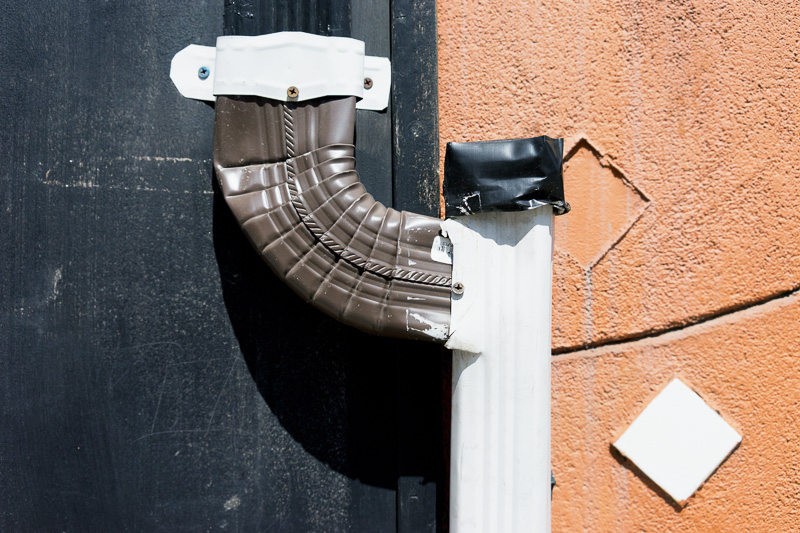This is the 4th installment of a four-part series in which I revisit my photographic habit as a teenager 40 years ago. You can download all four installments as a single pdf document, approx. 3,500 words.
When I review the photographs I took when I was younger, I observe a trend: I reserved photography for vacations and special occasions. Part of the reason for this is that film was expensive and, especially as a teenager, I didn’t have the cash to develop five or ten rolls a week. Five or ten rolls on a vacation was about all I could manage. But I think another reason for this is that, when I was younger, I held to a narrower view of what photography is for. I visited a place and while I was there I took a photo of it. That way, when I returned home, I could prove to my friends that I had been there. Photography was a way for me to validate my experience.
Discovering familiar settings and events in novels functions the same way. The characters in David Bezmogis’ novel, The Free World, pass the summer of ’78 in Rome. I remember the summer of ’78 in Rome and so I take special note of his words. In a strange irony, passages in a work of fiction validate my experience in the real world. They lend a verisimilitude to my admittedly tenuous hold on things. Photographing oneself in a reflection or nowadays, with the help of a selfie stick, performs the same function. It allows me to say: I was there! I am not invisible.
Now, thanks to the advent of digital photography, the old financial constraints no longer apply. There’s no need to restrict myself to vacations and special occasions. Because I can shoot and shoot without limitation, my early motivation (the need to validate experience) fades from the foreground. Perhaps this is also a result of maturity, although those who know me best would find that suggestion laughable. In any event, I now find myself free to shoot for other reasons.

When shooting on vacations and special occasions, one tends to privilege certain subjects: tourist attractions, brides, crime scenes. Only these certain subjects warrant the cost of film. A result of this habit is that casual photographers like me engage in a tautological process where our photography validates our experience while the record of our experience validates our photographic practice. This produces a self-contained little ecosystem which, unfortunately, is devoid of meaning. More to the point, within its own terms, I suspect meaning is impossible.
The closed loop of habitual photographic practice blinds us to other approaches. I hesitate to use the word—because, in its modern usage, it bears an overblown connotation—but perhaps the best way to break out of the closed loop is to engage in a photographic iconoclasm. Turn away from famous sculptures and buildings. Turn away from brides in all their consumer-driven finery. Turn away from the terror and delight that draws us to scenes cordoned off by police tape. Instead, seek out the ordinary. Celebrate the mundane. Reveal beauty in the quotidian. I have discovered a new reason to shoot: to engage in a kind of restorative justice (largely symbolic, I confess) where privileged subjects are forced to make space in the visual field for subjects that formerly went unseen.
Revisiting photographs I shot forty years ago is a healthy exercise. It reveals to me that my seeing has changed, and it clarifies what I should seek out in the world. At the same time, I don’t think my words here should be taken as prescriptive. After all, this is not a manifesto. I prefer to regard this as a record of one man working things out for himself. Go do your own work elsewhere.